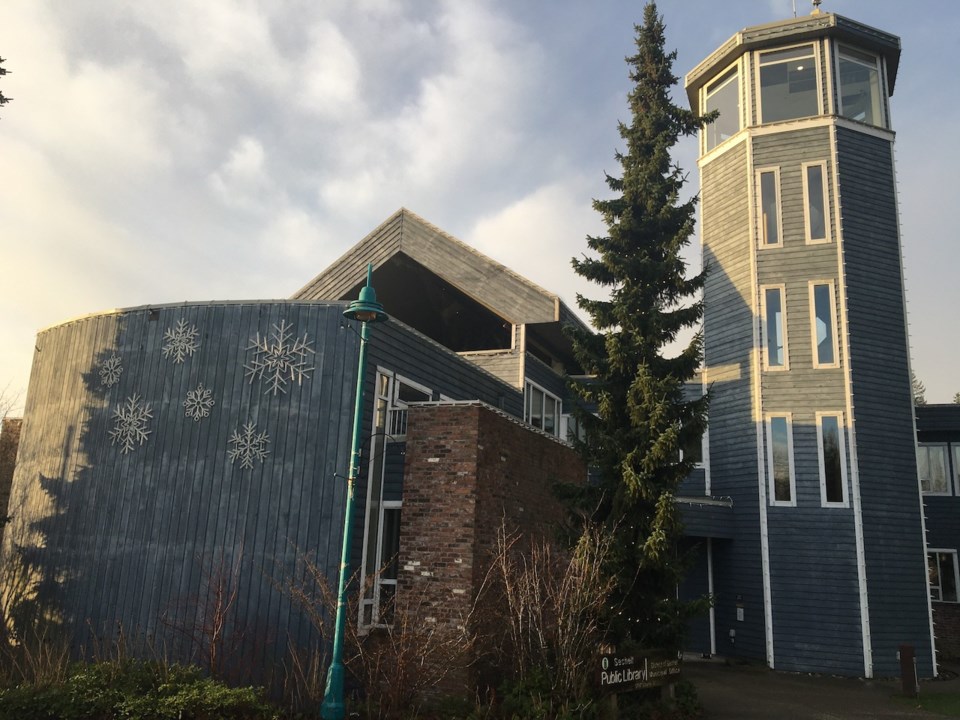Sechelt is making progress in removing restrictive requirements for relocated homes.
During its July 3 regular meeting, council gave first reading to Building Bylaw amendments aimed to ensure that relocated homes meet the district’s housing safety criteria.
James Nyhus, Sechelt chief building official, said following a council request in May, district staff brought forward several amendments to the Building Bylaw, aligning it with the provisions of the BC Building Code and removing barriers within the bylaw.
Amendments include requiring a report prepared by a registered professional, stating that the building meets the district’s building code for structural capacity and resistance to lateral loads, that all relocated homes will be assessed at least 85 per cent of the value of buildings within 500 metres of the relocated building, that the director of planning and development confirms the building meets all requirements. The changes also remove several sections from the bylaw.
Speaking about the assessed value of the buildings Nyhus said, “Simply, staff would look at the BC Assessment Authority building value and add the costs of the value of construction for the building permit, for the foundation life safety upgrades, and whatever other upgrades the owner wishes to make.”
At council's inquiry, Nyhus clarified that structural engineers are professionals qualified to prepare the reports for the buildings.
Coun. Adam Shepherd asked why they were “pinning” the value of the reallocated homes to 85 per cent.
Nyhus answered that 85 per cent is the standard among building bylaws for relocated homes, adding that it is meant to ensure “neighbourhood fit.”
Prefacing by saying a 500-metre radius in Sechelt is large enough to encompass both multimillion-dollar waterfront properties as well as mobile homes and older homes, Coun. Alton Toth suggested removing that provision or reducing the radius.
He added that more than half of the building bylaws throughout the province he looked at have no provision relating to neighbourhood values.
Council members agreed to amend the proposed bylaw, removing the neighbourhood value provision.
They then unanimously gave first reading to the Building Bylaw amendments.
Shepherd then requested that staff prepare a report outlining any implications of removing the neighbourhood value provision for the next time the bylaw appears before them, which passed with Toth opposed.
Jordan Copp is the Coast Reporter’s civic and Indigenous affairs reporter. This reporting beat is made possible by the Local Journalism Initiative.



